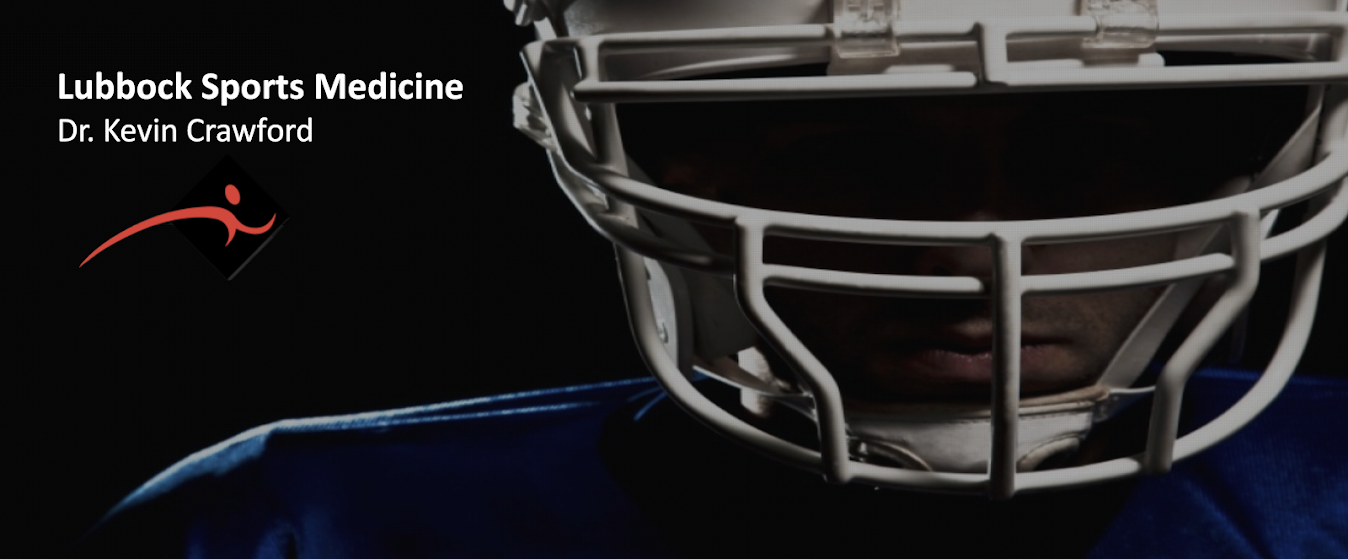Although Professional Football originally got its roots 125 years ago (November 12, 1892), it wasn't arguably until the 1970s that the pro football helmet finally started to offer a significant level of head protection for the players.
The first attempts at any cranial protection were simple leather helmets that were so pliable and thin, that they could be folded up and stuck in the player's pocket. The technology was slow to respond over the next several decades, but eventually included thicker leather, some interior padding, and a chin strap - all of which stayed the norm until the 1950s.
 However, the athletes did have access to a hard leather nose guard, which more resembled a piece of equipment normally used to protect another part of the players (ahem... more important) anatomy.
However, the athletes did have access to a hard leather nose guard, which more resembled a piece of equipment normally used to protect another part of the players (ahem... more important) anatomy.
The 1950s / 1960s saw the infusion of plastic helmets, with a bit more and enhanced interior padding, along with a single face bar. Better and more complete face guards, stronger plastics, and impact-resistant foam wouldn't make it on the field until the latter part of the 1970s and into the 1980s.
With such enhanced computer technology, ever-improving high density foams, carbon fiber, and hardened plastic materials, today's NFL helmets (as with the rest of the gear) is now offering a tremendous level of impact protection as never before.
2014 Professional Football Helmet
When we have such an invigorating sport that involves bone-crushing hits as a matter of routine, it's imperative that we continue to safeguard the health of our top sports athletes. Football is a game that we love. Let's protect our players accordingly - for their sake, and for the sake of the Game.
Live life to its Fullest!
Follow Us!
Facebook Google+
Disclaimer: This information has been provided by Dr. Kevin Crawford, Lubbock Sports Medicine as general information only. It is not intended for any patient or specific situation. Exercise with care and under a doctor's supervision.
Lubbock Sports Medicine
Dr. Kevin Crawford, MD
4110 22nd Place Lubbock, TX 79409
(806) 792-4329
Dr. Kevin Crawford, MD
4110 22nd Place Lubbock, TX 79409
4110 22nd Place Lubbock, TX 79409
(806) 792-4329





